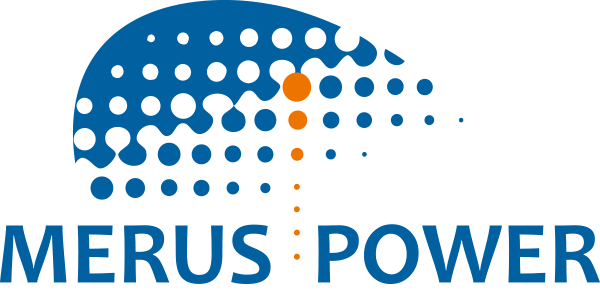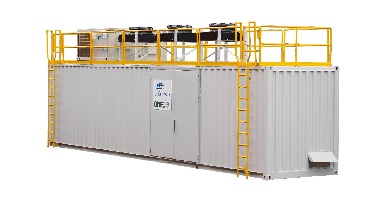Merus ESS state-of-the-art control and converter technologies enable real time ESS output control, providing unique operation features. Throughout its entire lifetime, the solution can operate in one or more of the operation modes shown in the matrix below within the range of installed energy and power capacity. With sufficient capacity of the energy storage media, Merus ESS can operate in one or any combination of the operation modes shown in matrix below.

 Frequency regulation
Frequency regulation
MERUS ESS is capable of both charging and discharging, at the power level or levels, within the installed capacity or according to the preset operation mode combinations.
MERUS ESS can provide autonomous real-time frequency regulation based on the frequency measured from the Host Utility’s electric system. The frequency regulation mode can be used simultaneously with any other operation mode as shown in the matrix.

Peak shaving
In the peak shaving operation mode, Merus ESS is controlled to reduce peak power demand from the Host Utility feeder to which Merus ESS is connected. Merus ESS can be discharged at any power level within its capacity.
MERUS ESS performs autonomous real-time peak shaving based on the measured active power from the Host Utility’s electric system. The peak shaving mode can be used simultaneously with any other operation mode as shown in the matrix.

Intermittent power resource support – Microgrid
Merus ESS can be used as one of the main components of a microgrid. The solution has its own microgrid controller which can operate in grid-connected and island modes. The energy management philosophy is defined by the type and capacity of the integrated power generation.
A typical microgrid may include a combination of solar and diesel power, supplemented by the ESS, as well as various types of loads. These types of microgrids are usually controlled with economic optimization in mind. I.e. The priority may then be to minimize the operation hours of the diesel power plant, resulting in savings in fuel and wear and tear costs. The aim may also be to maximize the use of low cost energy provided by a solar plant.
Storage optimization – For specific customer need
Merus ESS can be tailored to meet customer needs by choosing the storage type based on the intended usage. For example, peak shaving may occasionally require high power, whereas intermitted power resource support may require small power for a long period of time. If both operation modes are required in the same ESS, system design must be flexible. Merus ESS can be tailored to meet specific needs and designed with different energy storage media.


Merus ESS – type 1: Storage, PCS and transformer integrated in container.

Merus ESS – type 2: Storage, PCS and transformer integrated in container. Outdoor power transformer for utility.

Merus ESS – type 2: Storage, PCS and transformer integrated in separate containers. Outdoor power transformer for utility.




 Frequency regulation
Frequency regulation









